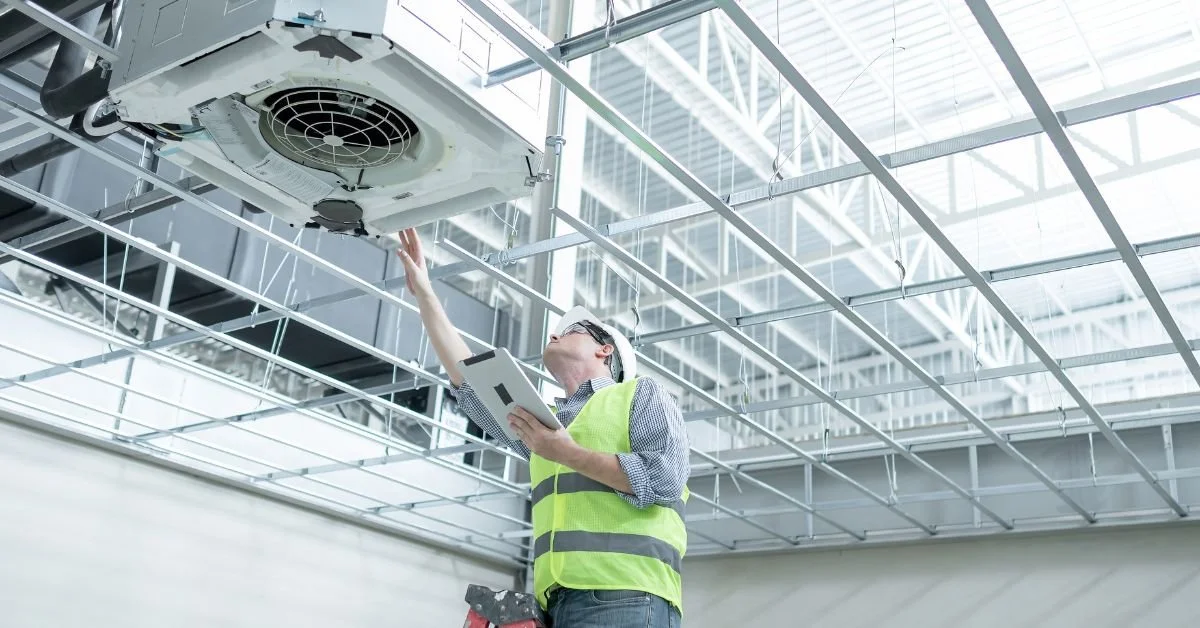Safety Home Additions and Practices for Seniors and Differently-Abled People
Caring for a senior or differently-abled person can be rewarding but stressful. It can be more difficult if they also suffer from mental health conditions like Alzheimer's or Dementia since they must be under constant surveillance. Letting them stay at home may be your tactic to keep them safe, but their safety could be at risk without proper home modifications. Even as you opt for caregivers who specialize in Alzheimer's and Dementia care to take care of them, ensure that you add these measures and fixtures in place for their safety:
1. Clear the Clutter
Bulky furniture and clothing are some of the things which add up most of the clutter in a home and take up more space. You can sell bulky furniture and replace it with multifunctional and lightweight furniture that is easy to maneuver and does not take up much space.
Loose rugs and carpets that do not reach the corners should be removed since they are potential slipping hazards. You must also remove electric cords from walkways to prevent falls. Removing this clutter ensures that your home has more space and is ideal for the free movement of everyone in your home. It keeps your home neat and prevents your loved one from unnecessary falls.
2. Improve Wheelchair Accessibility
Contractors and architects are yet to make buildings more accessible, especially for differently-abled people. If you have a loved one who uses a wheelchair, you may have to do some slight modifications to make movement easier. Some of these include:
● Making doorways wider
● Build a non-slip wheelchair ramp in the recommended height, especially in the home entry
● Rearranging or clearings spaces to ensure ease of access
● Lowering kitchen countertops, sinks, and cabinets
● Installing grab bars for extra support
● Installing a stairlift if you have a staircase
● Raising the toilet and adding a safety frame
● Lowering doorknobs or installing automated doors
3. Improve Lighting
Poor light placement and fixtures can result in severe falls or make movement harder. With deteriorating eyesight, especially for seniors, you may have to add eye-friendly task lighting to enable them to carry on with their tasks effectively. However, even as you add lighting across each room, ensure that the fixtures are eye-friendly and the lighting remains consistent from one point to the other.
You may also have to do some paint enhancements by using reflective colors like white on the ceiling and blue on the walls to reflect light better across the room. Ensure the stairways and hallways are also well lit with suitable lighting.
4. Get The Right Bedroom Furniture
Specialized bedroom furniture will come in handy to ease the process of one getting in and out of bed. It would be ideal to purchase a bed that can be adjusted to the desired height, at least to the knee height, and a firm mattress.
While searching, you can also look for a bed with additional features like an adjustable and easy-to-use bedrail with LED nightlights. The nightlights offer good visibility, especially when they wake up at night. A commode or a portable toilet is also a perfect addition, especially if they are fond of frequently visiting the bathroom at night.
5. Ensure Bathroom Safety
The bathroom is another commonly-used room, and it poses a risk of injury and falls for everyone. The shower area is most hazardous due to the use of water, and in case of an emergency, it can be the most difficult place to hear you or reach you easily. Thus, protective measures must be put in place to keep everyone safe.
● Add an anti-skid rubber mat to prevent falls.
● Add a shower chair
● Add a hand-held showerhead to enable one to control water efficiently and to shower while seated.
● Adjust the water temperature of the water heater to be below 120F to avoid scalding.
● Add an anti-scalding device to detect and automatically stop water flow if the water temperature rises to unrecommended levels.
● Remove door locks to ease access in case of an emergency.
6. Consider Automated Fixtures
There are many ways to use smart systems, either for efficiency, accessibility, security, convenience, entertainment, lighting, etc. In a world where technology runs almost every area of daily living, you can consider integrating some of these systems into your home.
Unlike most fixtures, these gadgets also do not require wiring into the walls, thus an easy fix. Furthermore, it makes it easy to repair them in case of malfunction. You can add automation to your home by:
● Using a medical alert device
● Using health monitoring devices with sensors to keep track of daily habits. These can send information to a caregiver and notify them in case of an abnormal occurrence.
● Using smart home lock security systems. Some systems can also help you lock and unlock doors using your smartphone. For example, a camera doorbell can automatically send a feed to your phone to see who is at the door.
● Using voice-controlled entertainment systems
● Controlling lighting, doors, blinds, thermostats, and washers with your smartphone
With these safety measures in place, even as you go on with your daily businesses, you can run them with peace of mind knowing that your loved ones are safe at home. If unsure where to start, consult a home safety professional to point out the areas that need immediate modification.
Jenn Walker
About the Author
Jenn Walker is a freelance writer, blogger, dog-enthusiast, and avid beachgoer operating out of Southern New Jersey.








